.png)
1. Can you elaborate on the significance of the Hot-Melt Wetness Indicator (HMWI) technology and its impact on the hygiene market in Japan?
Hot Melt Wetness Indicators (HMWI) are designed to change colour when exposed to an insult from within the diaper. Recognising the need to make it easier to spot when diaper changes are needed, minimise premature changing, and protect the wearer from skin irritation from prolonged exposure to wetness, Bostik was the pioneering company that introduced the Hot Melt Wetness Indicator (HMWI) technology to the Japan market in the 2000s. I was honoured to be a part of the team and witness how Bostik became the sole supplier of HMWI in the 2000s.
Over the years, the demand for this adhesive technology has grown across different disposable hygiene products – diaper briefs for infants and pull-up underwear for adults with moderate to heavy incontinence – and our Research & Development (R&D) team strives to keep up with constant product innovation.
This is evident in our recent HMWI innovation, Bostik COLOR 3.0, abio-based Hot Melt Wetness Indicator (HMWI) adhesive. Previous generations of HMWI adhesives in the market would appear yellow on the diaper surface and turn green or blue upon urine detection. Manufacturers would need to work around the limitation in back sheet design due to the noticeable yellow appearance. With Bostik COLOR 3.0, they are now able to use a HMWI that presents a transparent, neat, and clean appearance, resulting in more flexible designs and easy monitoring of diaper condition. While this product was only launched in May2023, we’ve seen many local customers implementing our latest HWMI technology to reap energy and cost savings.
2. What roles do sustainability and environmental considerations play in Bostik's product development and market strategy?
Sustainability and environmental considerations have always been a priority at Bostik’s initial product development and market strategy stages. Whether prolonging a product's life, reducing raw materials used and waste generated, or enabling better end-of-life management solutions by making recycling easier, Bostik's adhesive solutions are designed to help build a more sustainable world. This approach begins at the onset of the product value chain, from the choice of raw materials to the compatibility with waste management solutions. Our R&D team is always looking to improve existing solutions and develop new ones that enable sustainability. Bostik enables our customers to do more with less adhesive use, reduce environmental impacts and emissions, and adopt sustainable manufacturing practices and a circular economy. For instance, Bostik COLOR 3.0 is our next-generation HMWI adhesive with over 50% bio-based content and an application temperature that is 30°C lower than that of other HMWI adhesives in the market.
3. Looking ahead, what are your key priorities and goals for BostikJapan over the next few years?
According to the 2024 Japan Adhesive Market report by Mordor Intelligence, the advancement in plastic recyclability is one of the key driving factors leading to the growth of the packaging industry. Additionally, research firm Fuji Keizai indicated that from 2022 to 2027, while Japan’s diaper market for babies is expected to contract 8%, the adult diaper market is set to grow 16%. This translates into an overall increase in diaper solutions for the local market.
With the rising demand for consumer goods and hygiene products, it’s important for Bostik Japan to work alongside our customers, continue adapting our adhesive technology to various applications, and minimise waste generation from these products. Hence, our key priority and goal is to enable customers in the packaging and hygiene market, where products are primarily single-use, to do more with less and shift to using bio-based materials to reduce the environmental impact.
4. How has the hygiene market in Japan evolved since you introduced HMWI technology, and what role has Bostik Japan played in this evolution?
Before Hot Melt Wetness Indicators (HMWI) were introduced in the market, diaper change only happened when the wetness was seeping through the back sheets of diapers or when printed designs would fade as the product became wet. After introducing the HMWI technology in Japan in the2000s, we see a drastic increase in consumer expectations for hygiene, comfort, and aesthetics. The technology has allowed quicker detection of insults in hygiene articles, reducing the chance of leaks and skin irritations for the user. Following this, consumers were keen to look for disposable hygiene products that gave a cleaner appearance – a HMWI indicator that would allow for more apparent colour change, with better colour retention and flexible designs. Bostik Japan is a pioneer in this technology to improve diaper performances, with cleaner and clearer colour indications to deliver high diaper product performance.
5. How do you foresee the impact of global economic trends on the hygiene and packaging industry, and what strategies are you implementing to navigate these changes?
With an increased awareness of sustainability and consumer safety, the hygiene and packaging industry would require solutions that prioritise user’s safety, deliver high performance and remain cost-effective for the manufacturer. Hence, adhesive solutions that promote sustainable manufacturing and enable our customers to drive the circularity of products are crucial. To navigate these challenges, we’ve developed the patented Bostik's Kizen™ hot-melt adhesive technology designed for applications in absorbent hygiene products, case and carton sealing, medical packaging, food and beverage packaging and pharmaceutical packaging. It delivers high performance while enhancing sustainability value for our customers by:
- Improving recycle-readiness formulations and compostable orbio-based grades to adhere to highly recycled corrugate
- Reducing pop-opens and equipment maintenance issues that would consume more energy
- Decreasing cost-in-use with adhesive coating weight reduction






.png)
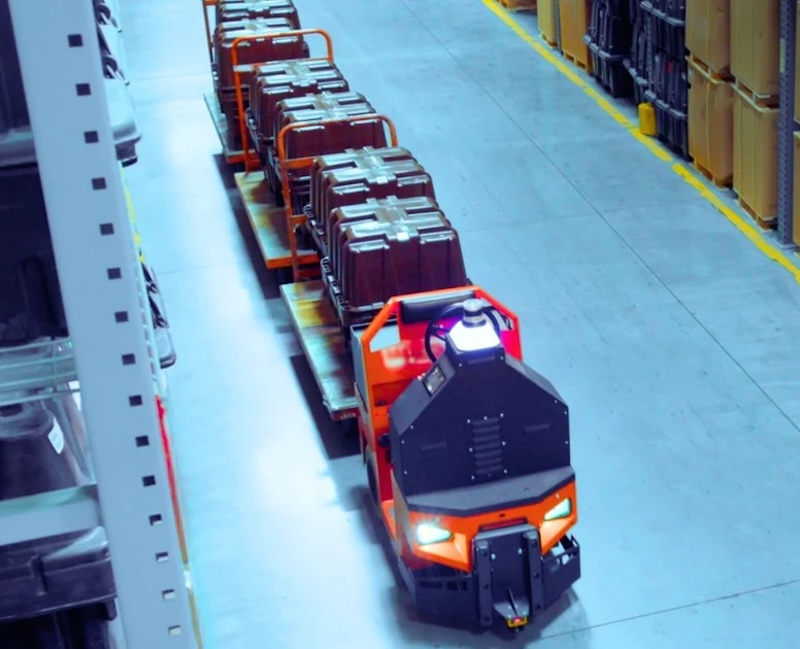


.jpg)
.png)


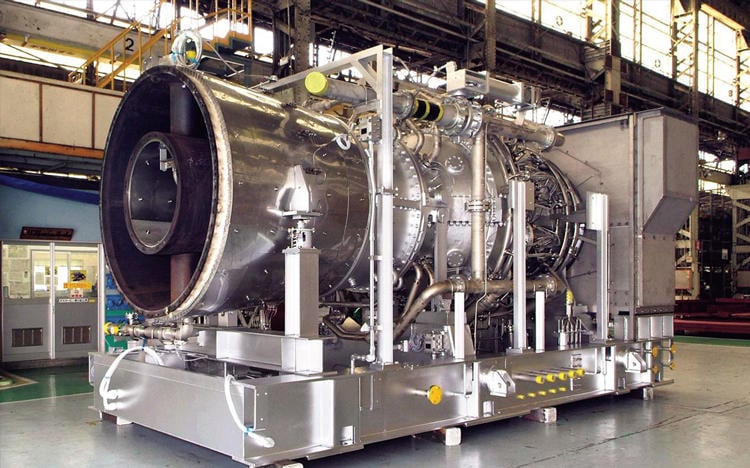
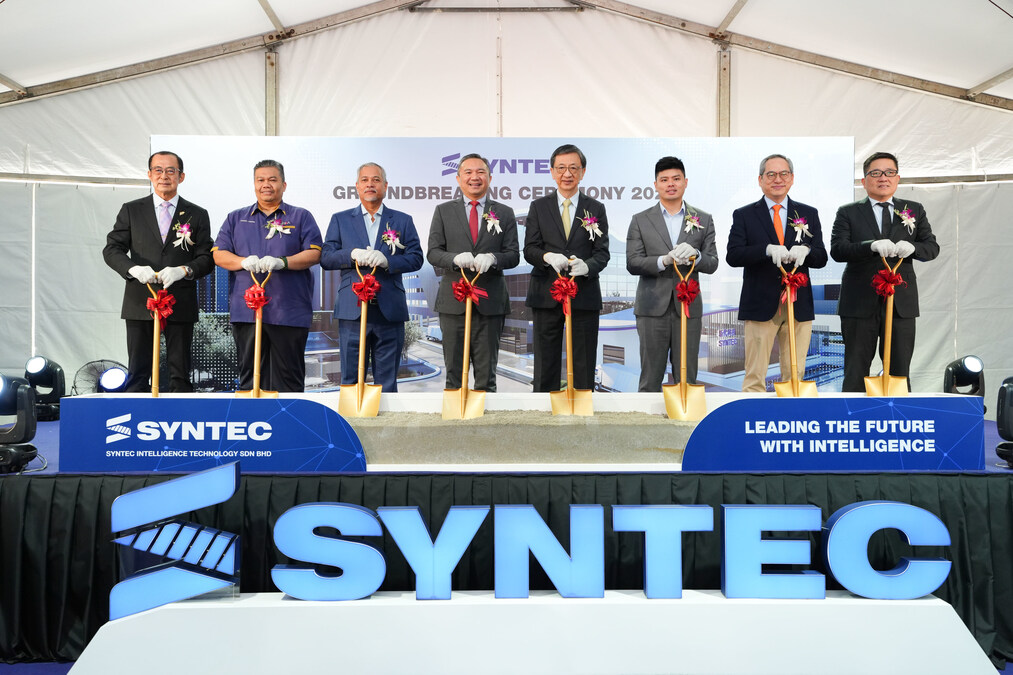

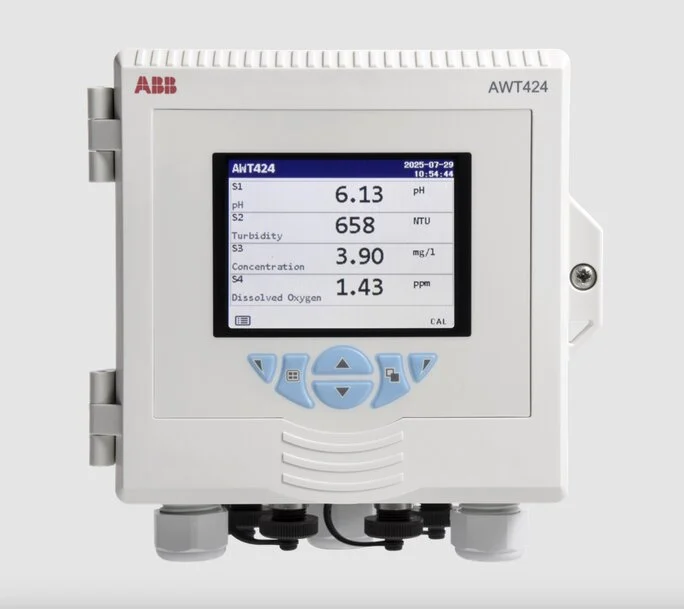

.jpg)
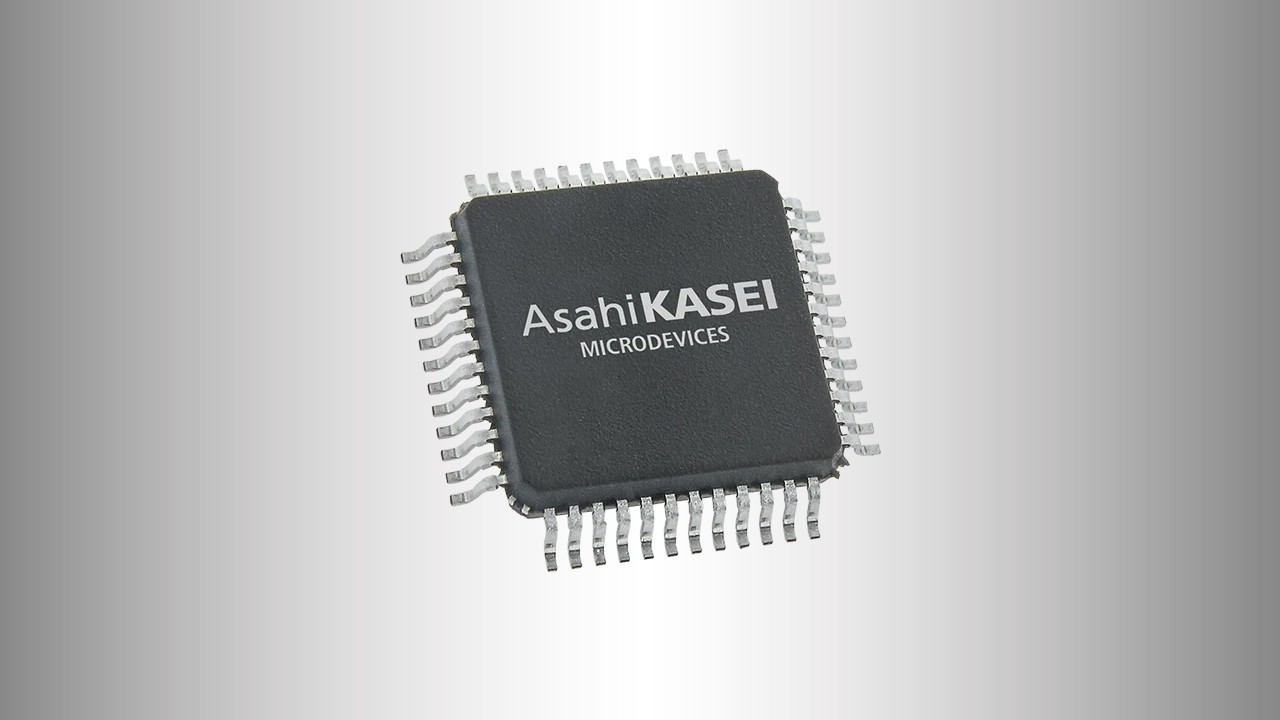
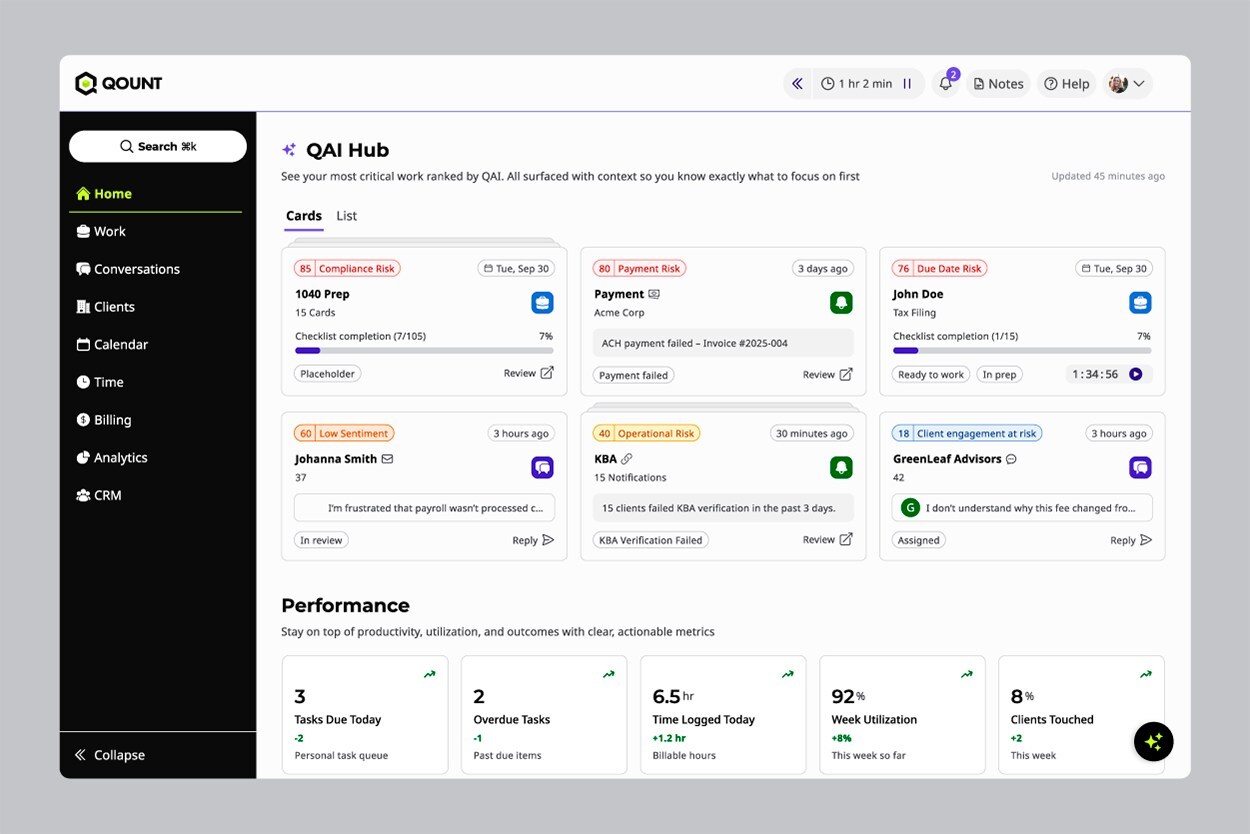

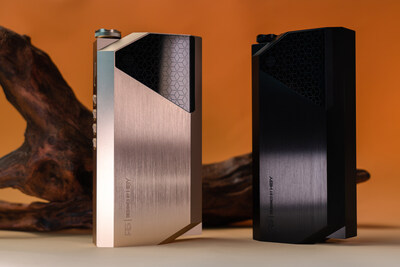







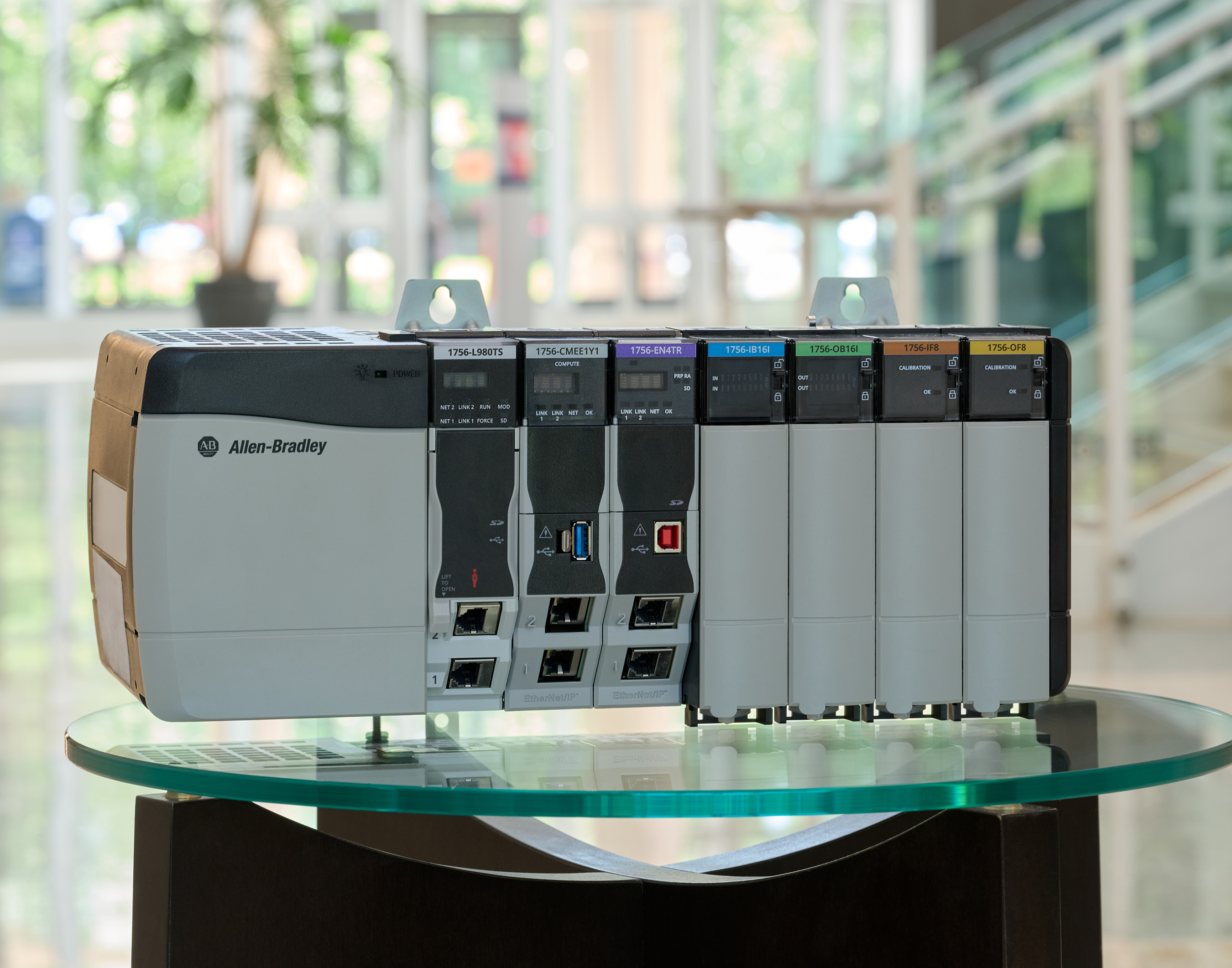

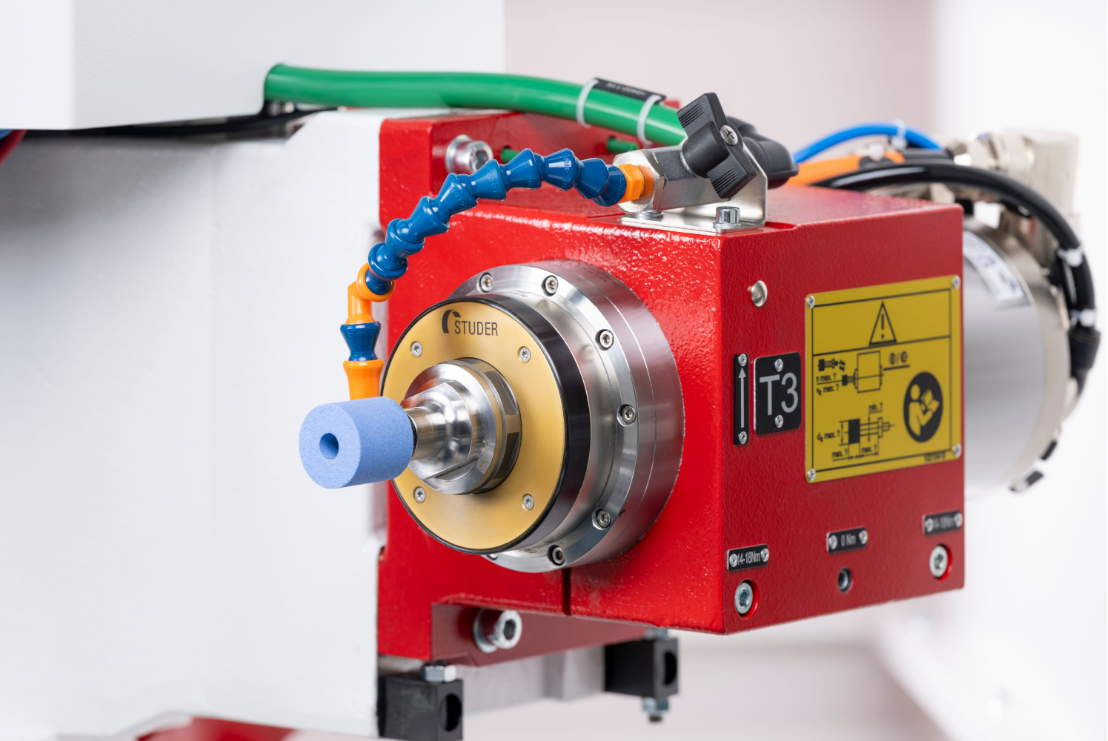
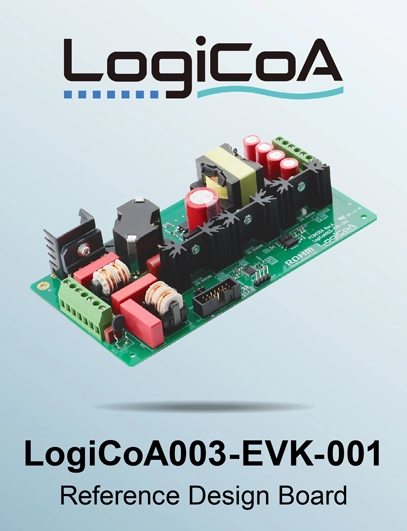




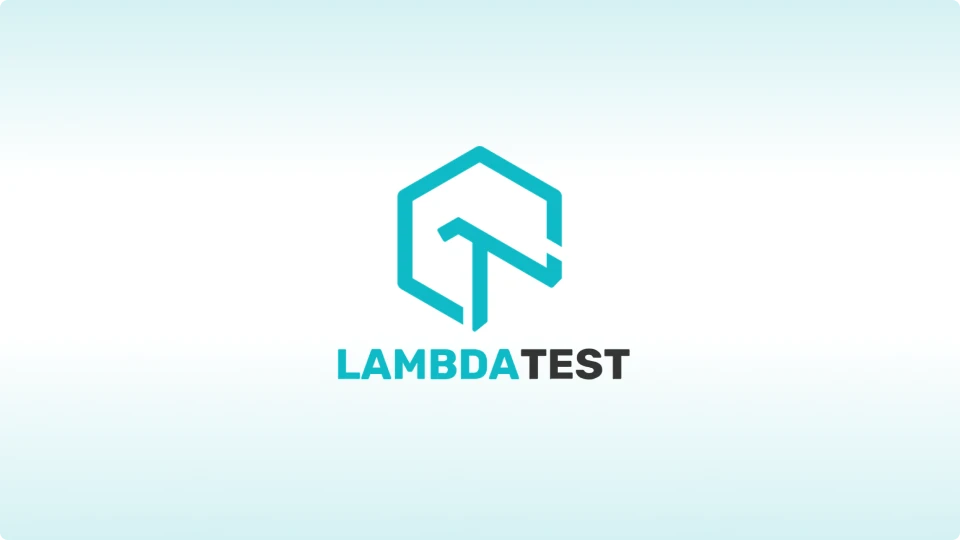


.png)
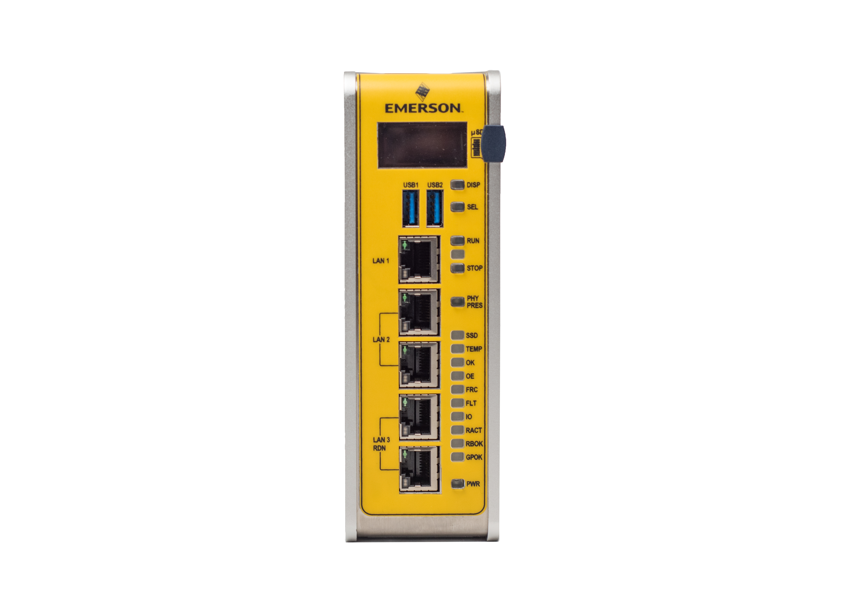




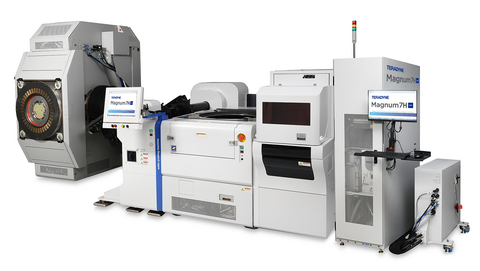


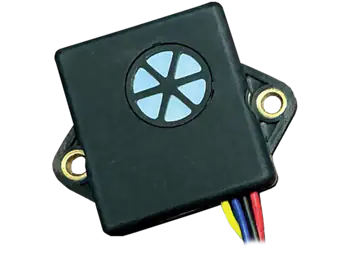


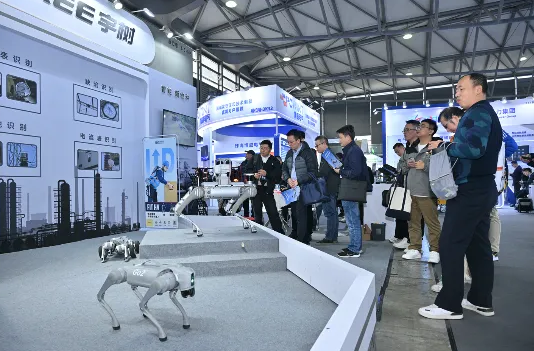
.png)





























.png)











.png)














